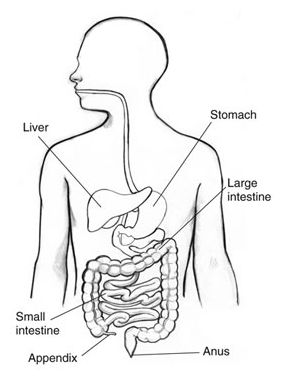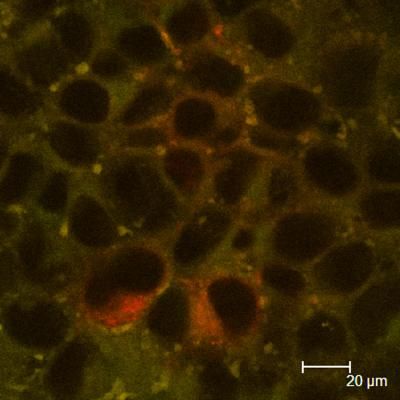
© NIDDKThe appendix is a fingerlike pouch attached to the large intestine in the lower right area of the abdomen.
It is widely regarded as the body's least useful organ, a block of intestinal tissue that often becomes inflamed and occasionally threatens to kill us.
But the appendix is getting a bad press, says US surgery expert
Bill Parker. Far from being an organ of evil, it serves a very useful function - by acting as a safe house for beneficial bacteria in our bodies. In effect, the much-reviled organ is really a sanctuary for helpful microbes, explains Parker, an assistant professor of experimental surgery at Duke University medical centre, in Durham, North Carolina.
"My idea is that the appendix is a storehouse, a cultivation centre for the normal, beneficial bacteria that our gut needs," he says. "That safe house would be necessary and useful in the event that the main compartment of bacteria, the large bowel, got contaminated with some kind of infectious organism and got flushed out."
The appendix is not unique to
Homo sapiens. The great apes, other primates, the opossum, the wombat and rabbits: all have appendices. And in each case, Parker argues that the appendix behaves in a similar manner: as a resupply centre for benign microbes.
A crucial part of Parker's theory rests on the importance of the bacteria found in our intestines. Our bodies are made up of around 10 trillion cells. However, we carry about 10 times as many microorganisms inside our bodies, and most of these are found in our gut. Their relationship with humans is symbiotic. The bacteria take some of our sources of energy, our food in other words, and in return they help to prevent the growth of harmful, pathogenic bacteria, and also produce vitamins and hormones. They are crucial to our wellbeing, in short.












Comment: The story of these soldiers over medicating themselves to death is tragic and clearly depicts: The War on Addiction Has Been Brought Home. In addition this article brings to light the issue that soldiers returning from war are suffering more than PTSD, they have injured souls:
Beyond PTSD: Soldiers Have Injured Souls